Category: Diabetes
-
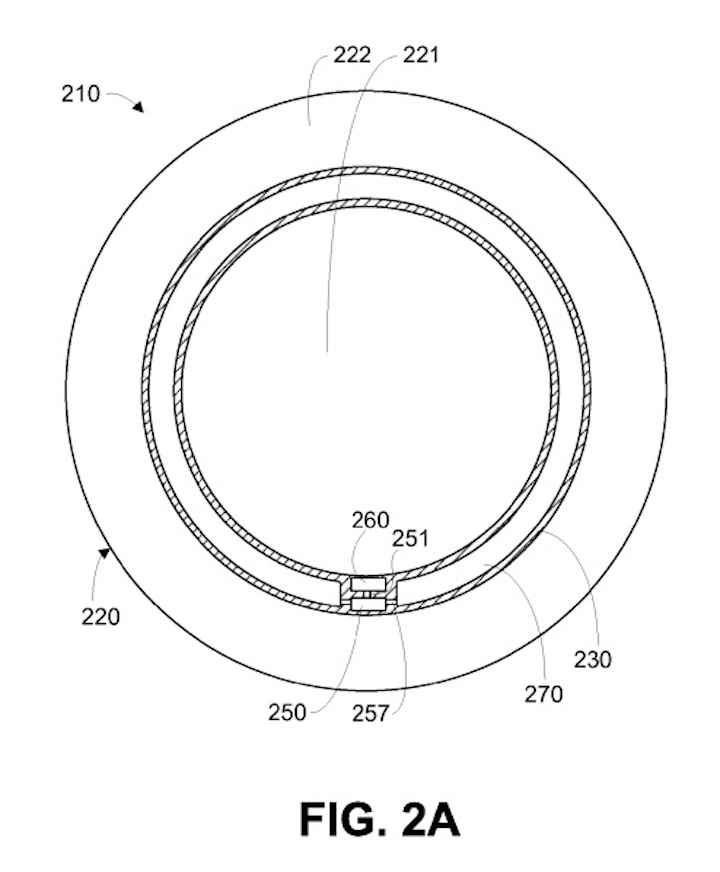
External power supply for Google contact lens
Power efficiency in wearables is key to continuous, accurate monitoring, for both medical and fitness applications. Google has filed a patent application suggesting that an external device will power the sensor of its contact lens, and it could be handheld or embedded into a companion wearable. The application states that “an external reader device or ‘reader’…
-

Real time blood sugar monitoring in the cloud
Google and Sanofi have partnered to develop technology to store and analyze glucose levels in the cloud in real time. Patients and doctors will be able respond quickly to blood sugar variability, to help prevent complications such as heart attacks and cancer over time. Google Life Sciences CEO Andy Conrad believes that “devices that continuously…
-
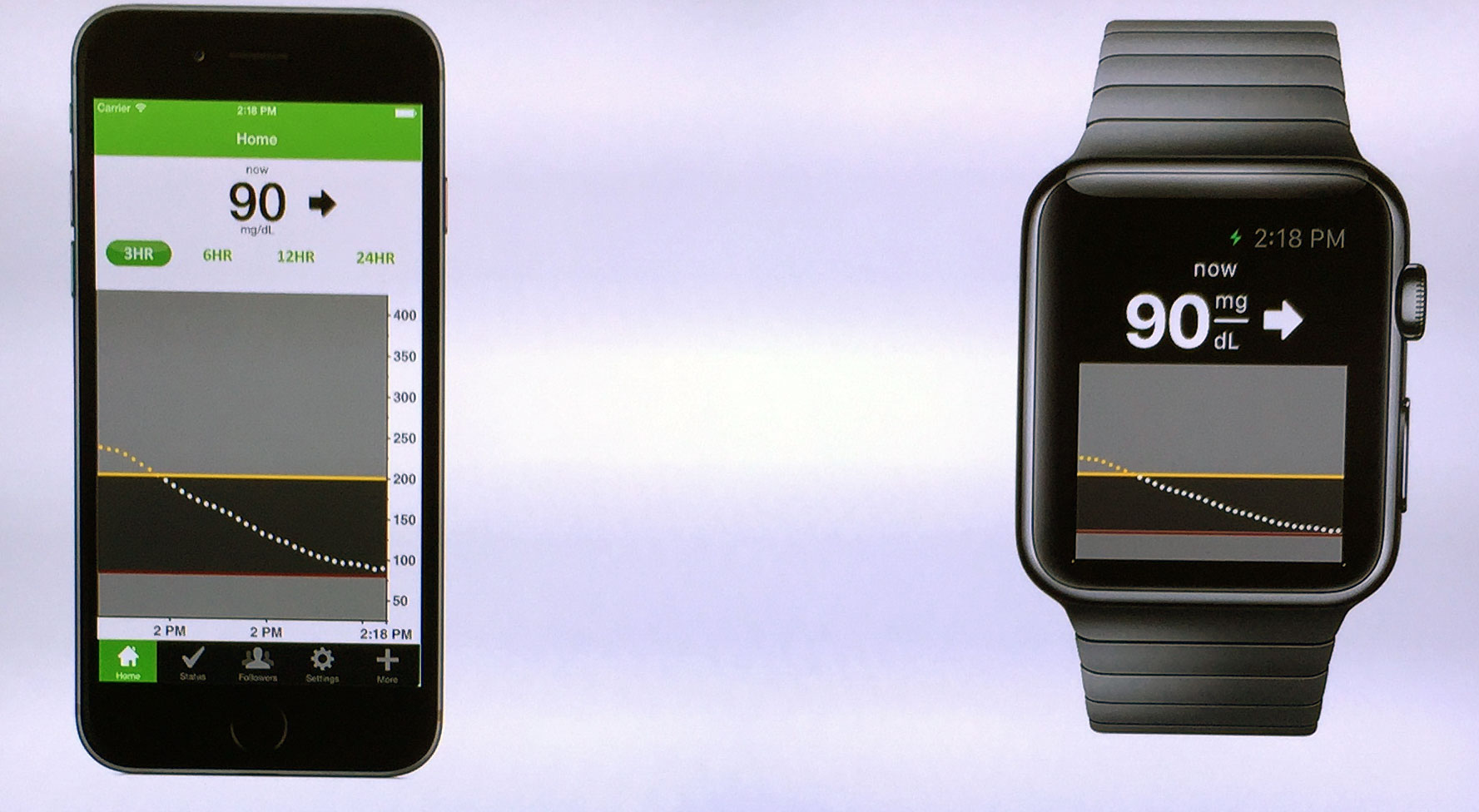
Cheap, disposable, tiny, adhesive glucose monitor
Google Life Sciences ha partnered with DexCom to develop cheap, miniaturized, disposable, bandaid-like continuous glucose sensors. The devices will incorporate Google’s miniaturized electronics platform with DexCom’s sensors. The goal is to shrink DexCom’s current monitor, giving patients a less obtrusive way to monitor their condition in real time. Alphabet has announced that Google Life Sciences, Google…
-
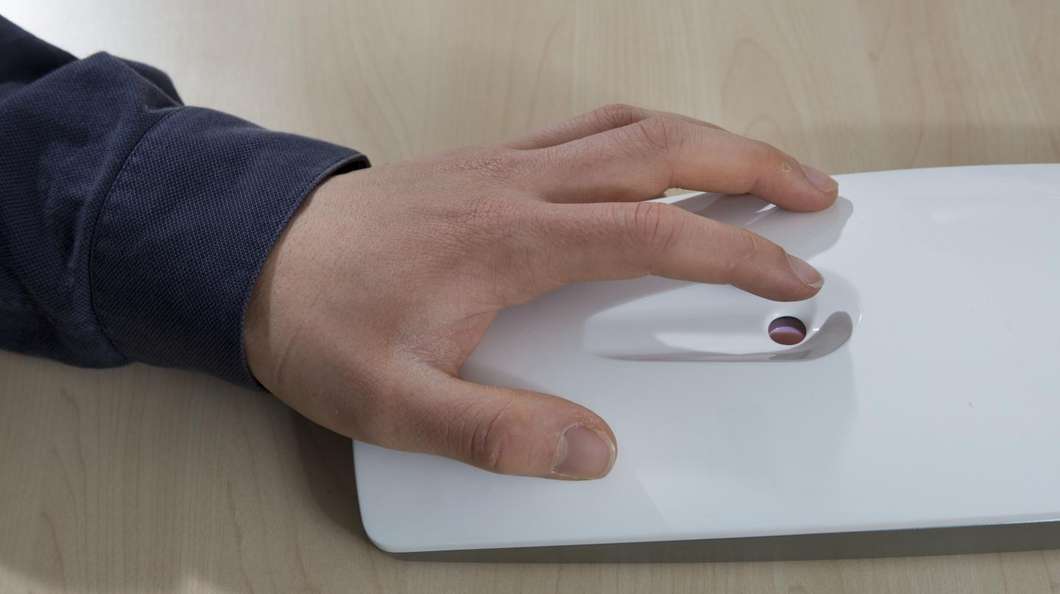
Noninvasive, laser based glucose sensor
Gin Jose and University of Leeds colleagues have developed GlucoSense, a laser based glucose monitor that could eliminate the need for finger pricking. A finger is placed against a glass window. A low-powered laser beam is projected through the window, into the finger. Surface ions fluorescence in infrared when exposed to the reflected light. (The…
-
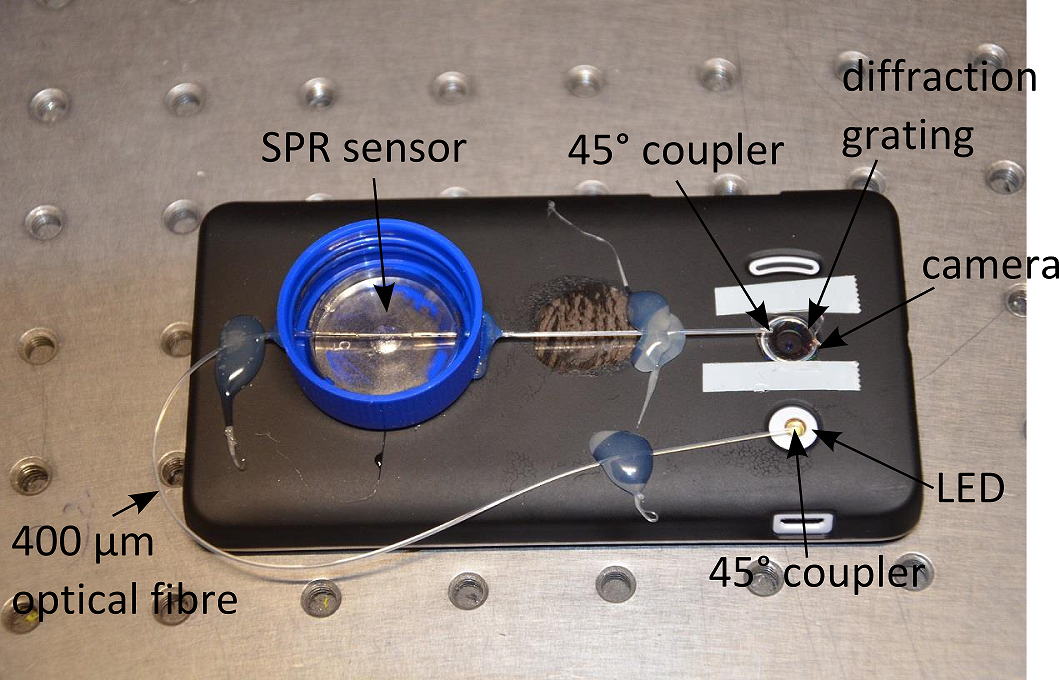
Smartphone fluid sensors to detect pregnancy, STDs, diabetes
Kort Bremer and Bernhard Roth at the Hanover Centre for Optical Technologies are developing lab-on-a-chip devices for smartphones to monitor blood, urine, saliva, sweat or breath. This could enable phone based detection and monitoring of pregnancy, STDs, or diabetes, among other applications. The surface plasmon resonance sensors detect biomolecular interactions when polarized light strikes an electrically conducting surface…
-
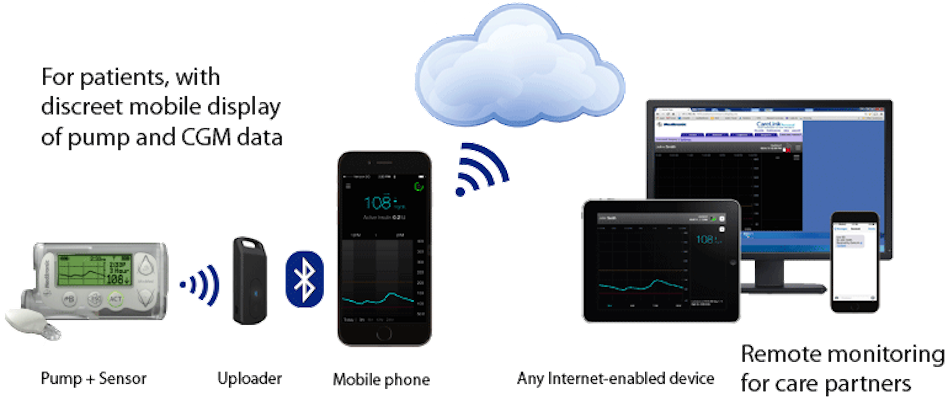
Integrated insulin sensor, infusion, data, notification system
Medtronic’s MiniMed Connect is placed in a pocket or on a keychain. It reads, displays and transmits data from the company’s implanted pumps. An external glucose sensor and insulin pump continually deliver insulin through an infusion system under the skin. It can be programmed to shut off automatically if glucose levels reach predefined thresholds. Glucose and…
-
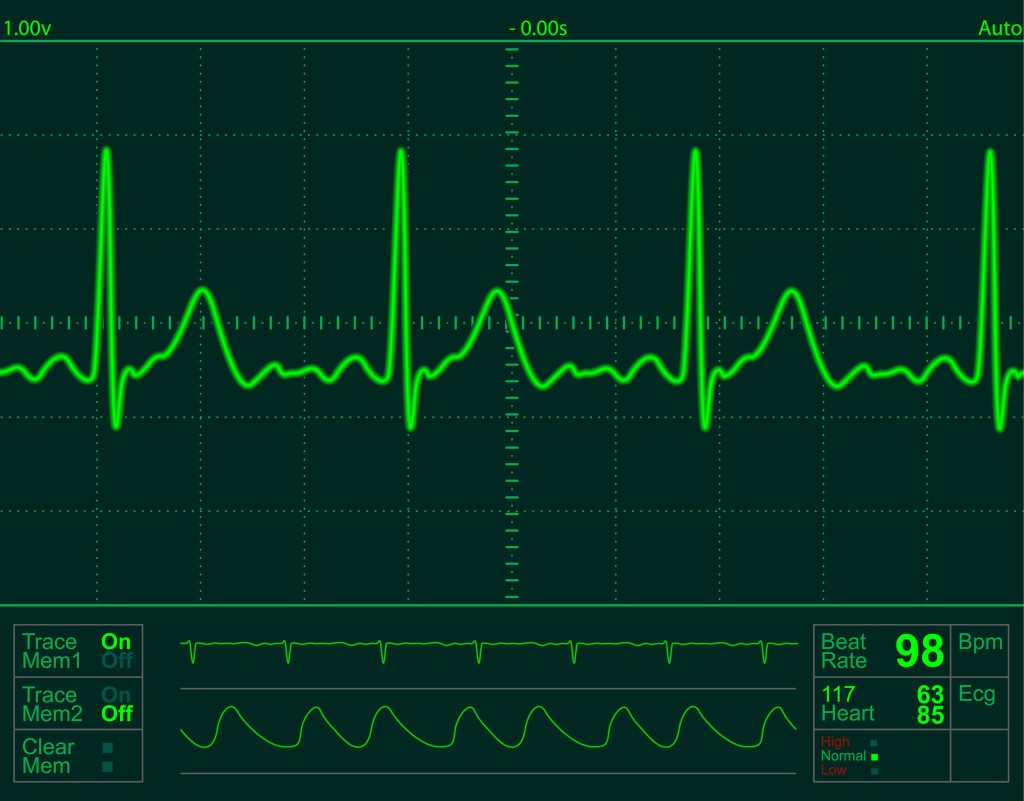
Heart rate as diabetes marker
Wearables can effectively monitor heart rate. A recent study shows a new use for this data – predicting diabetes. Penn State‘s Xiang Gao observed an association between faster heart rates and an increased risk of developing diabetes in 73,357 Chinese adults. In the same population, faster heart rates were also associated with impaired fasting glucose levels and…
-
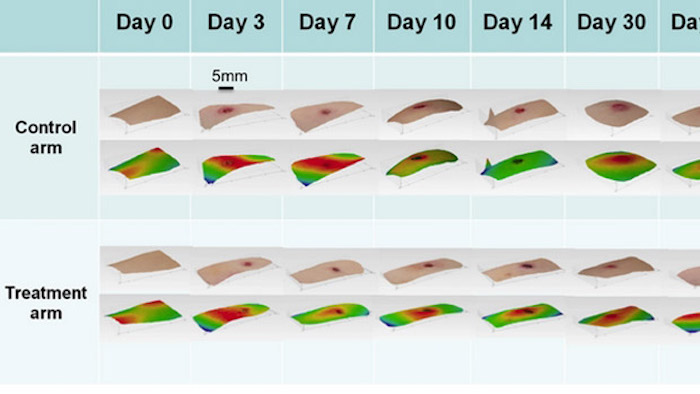
Electrical stimulation to accelerate wound healing
University of Manchester researchers are using electrical stimulation to accelerate wound healing. This can be particularly useful for lower limb venous and diabetic ulcers, and for those with compromised immune systems. In a recent study, 1/2 centimeter sized superficial wounds were created on the upper arm of 40 volunteers. One wound was left to heal normally,…
-
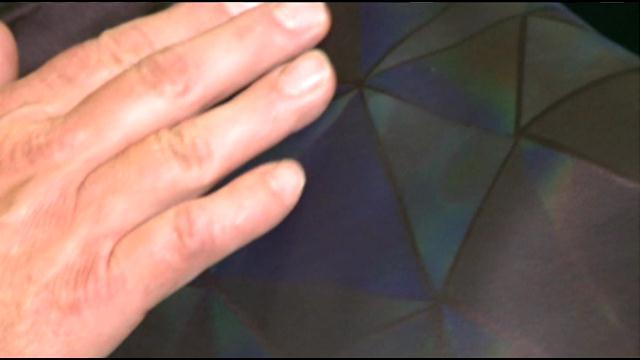
Heat sensitive sock detects diabetic circulation issues
Kent State University researchers have developed a fabric that can be turned into a sensor sock for diabetics. The liquid crystal in the prototype sock changes color depending on body temperature. Inflammation, swelling and infection cause an increase in temperature, and poor circulation causes a decrease in temperature. This is a simple way to detect…
-
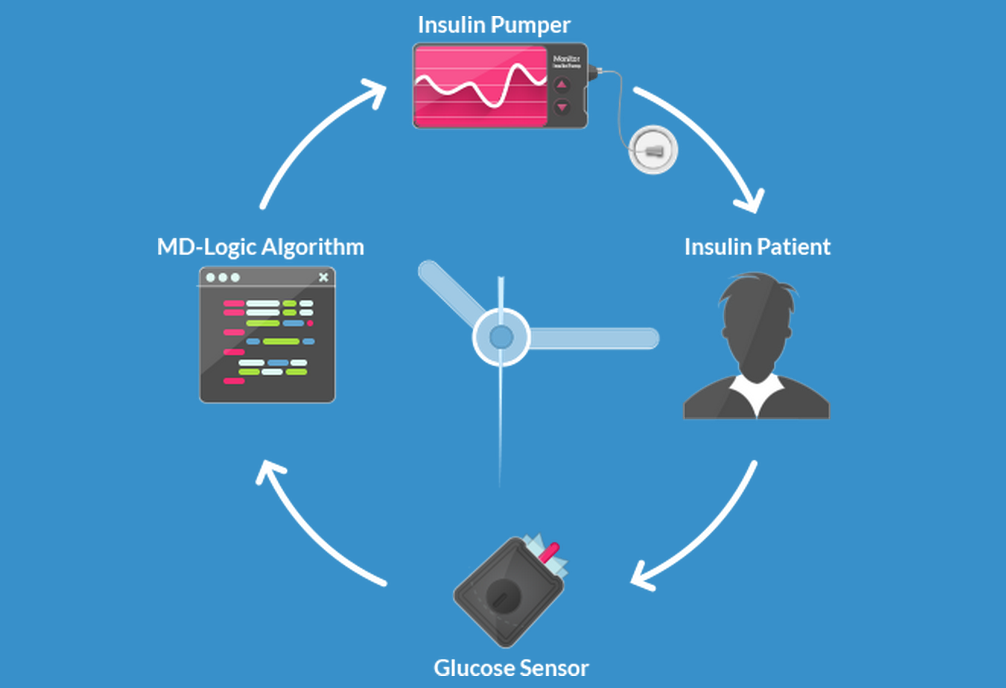
Closed-loop glucose monitoring system
GlucoSitter by DreaMed Diabetes is an automated, closed loop, artificial pancreas system for controlling glucose levels. It links the glucose sensor with the insulin pump through control algorithms. Glucose sensor data is analyzed and the pump is directed to deliver the correct dose of insulin. GlucoSitter has been tested on 220 patients with 15,000 hours…
-
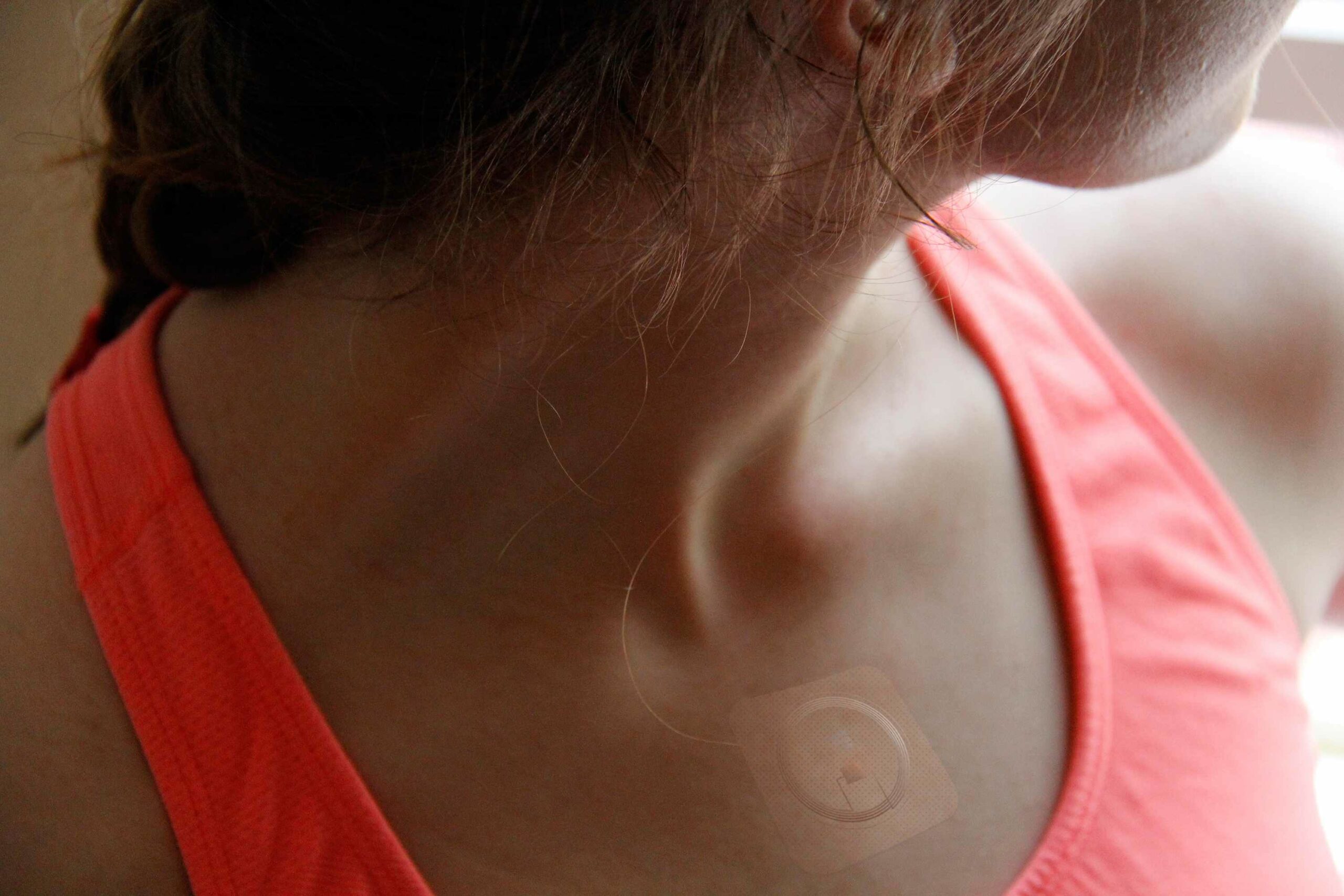
Biosensor patch to manage obesity, diabetes
Mayo Clinic and Gentag have announced the joint development of wireless, disposable patch sensors to monitor and manage obesity and diabetes. The wearables will communicate with smartphones via a closed-loop diabetes management system. Other indicators monitored by Gentag patches include heart rate, temperature, hydration, sweat, blood sugar, lactic acid, electrolytes and other biomarkers. It is unclear how many of these…
-
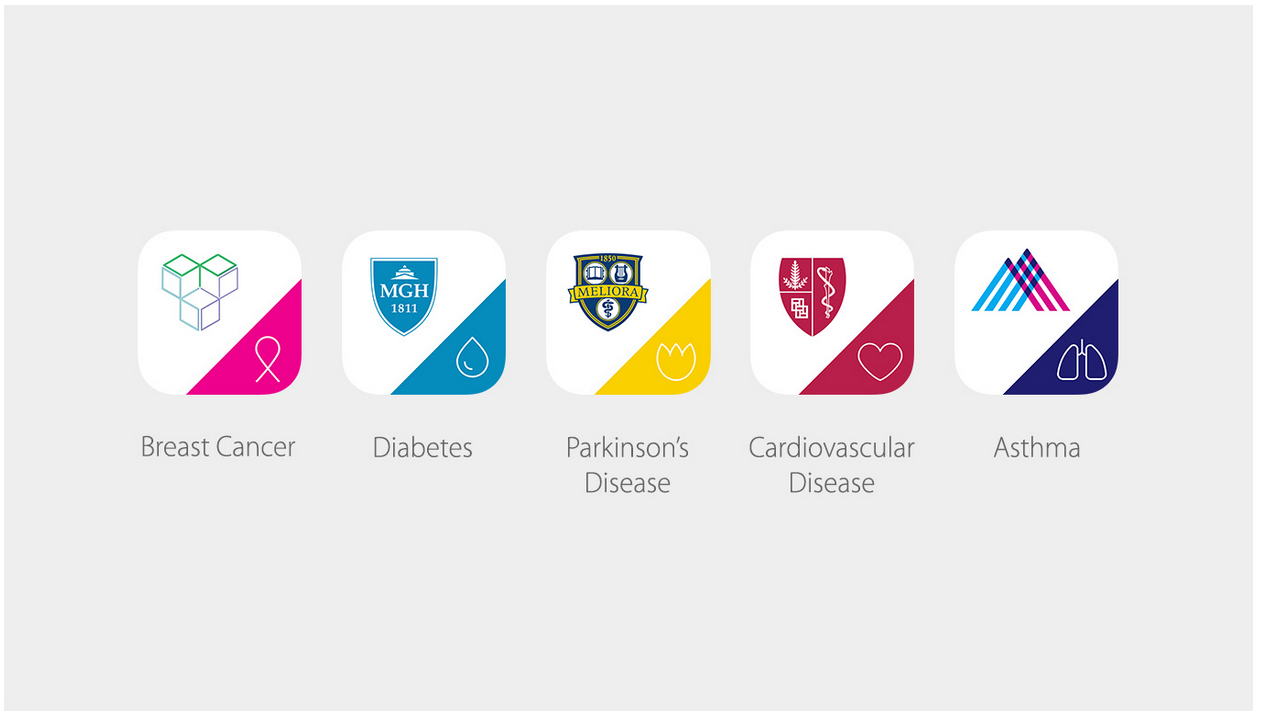
ResearchKit can simplify, improve diagnostics
As a company devoted to improving the human condition through health innovation, ApplySci was delighted to hear yesterday’s ResearchKit announcement. The framework allows people to easily join health studies, and simplifies the process by bringing research to one’s phone. ResearchKit’s first tests detect Parkinson’s disease, diabetes, cardiovascular disease, asthma, and breast cancer. Apple worked with 12 institutions to…